Digital Divide – Before COVID and How Libraries Help
The Digital Divide affects approximately 16 million K-12 students in the U.S. (Common Sense Media 2020), leaving them without Internet access at home and therefore unable to complete their online schoolwork.
Public libraries, as vital community hubs, are poised to meet this vast need. Libraries around the U.S. have worked over the past few decades to provide WiFi services to their patrons, many offering onsite WiFi lounges and onboarding with personal hotpot lending programs.
COVID and Increased Need
What happens to this important community Internet service when library doors are shuttered? The worldwide COVID-19 outbreak in early 2020 forced library professionals to grapple with this question in new ways. Not only was the need for Internet connectivity heightened with the widespread and immediate shift to remote work and schooling, but libraries were no longer able to offer the same in-house services that they did pre-pandemic.
Librarians, however, are a resilient group of professionals. Public libraries across the country began adjusting their connectivity services to address this need, many taking steps towards solutions that they could physically take out into their communities, such as mobile WiFi hotspots, BookMobiles, and personal WiFi hotspot devices.
Challenges Inherent in Solving for the Digital Divide
While libraries across the country are aware of the vast need for Internet access in the communities they serve, it is not always easy to implement a connectivity solution for patrons – especially during these challenging times.
We asked library professionals how they would describe the issue of access to Internet connectivity in their communities:
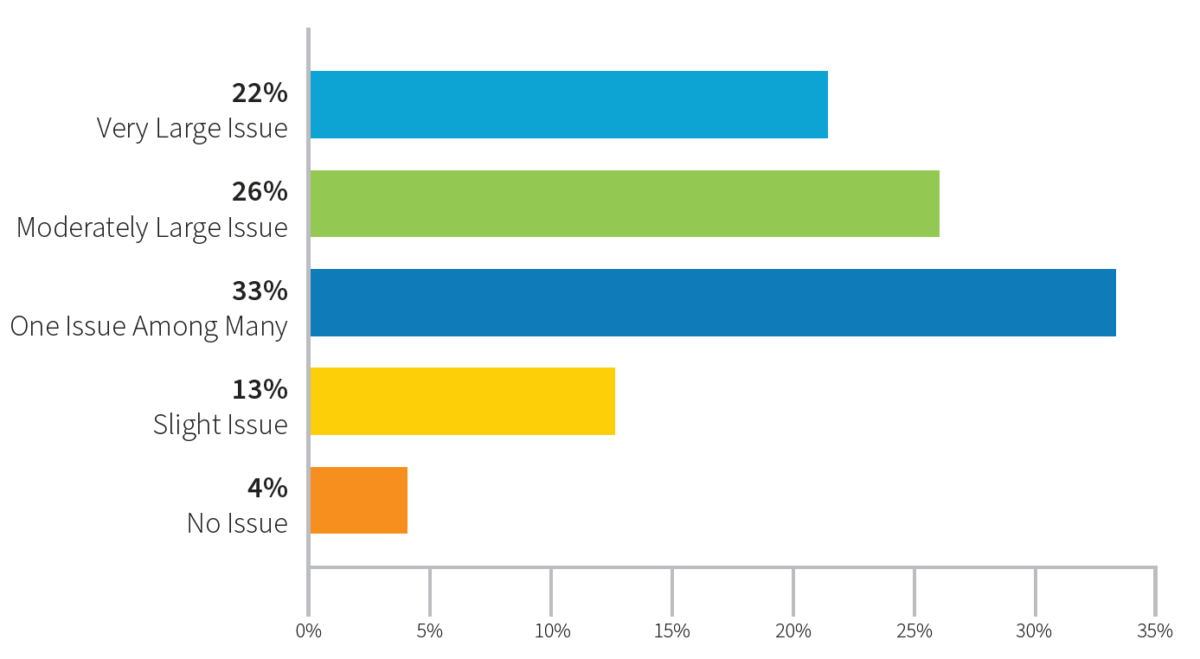
Their answers indicate that there are a few factors preventing them from reaching their connectivity goals – adequate funding, staff support, and infrastructure among them.
How Libraries Are Helping
Still, the picture is far from bleak. Many public libraries are rolling out robust connectivity initiatives and ramping up those they already had in place.
We asked the same group of library professionals where they are in this process. 48% reported that they are actively pursuing connectivity solutions for patrons, and 69% are interested in providing these services in the near future.
The respondents also identified Internet solutions their libraries are currently pursuing:
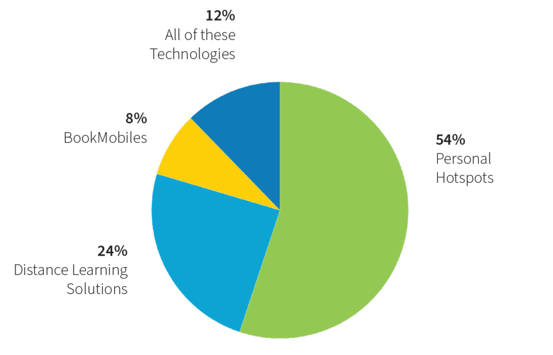
This data affords us a glimpse into the prevalence of these different WiFi services among public libraries, with personal WiFi hotspots as a clear frontrunner.
“These [Kajeet] hotspots will assist Worcester County residents in many ways. Wireless hotspots allow people otherwise ‘unconnected’ to complete GED programs, to help their kids do homework, and to search for jobs.”
– Jennifer Ranck, Library Director, Worcester County Library
Many libraries are also taking their services to the road with Internet-equipped BookMobiles. These vehicles serve a dual purpose – allowing members of the community to check out books as well as an opportunity to access a safe broadband connection, all while maintaining social distancing requirements.
Also popular are distance learning solutions, which could include personal devices like Chromebooks and LTE-embedded devices.
12% of respondents are pursuing multiple or all of these technologies for their libraries.
Getting Started
If you are looking to add WiFi solutions to your library program, there are a few factors to consider first:
Web Filters
If your WiFi solution will be for K-12 student use, it is important to consider how to ensure that this Internet access is filtered to meet CIPA guidelines and keep students safe and on-task.
LTE Network
Which wireless network will you choose to connect your devices?
Device and Data Management
As any parent of a child who uses a mobile device will know, students can eat through a lot of cellular data when given the chance. How will you manage device usage and data consumption across your program?
If you are interested in learning more about a connectivity program for your library, simply contact us here and a Kajeet representative will be happy reach out to you.

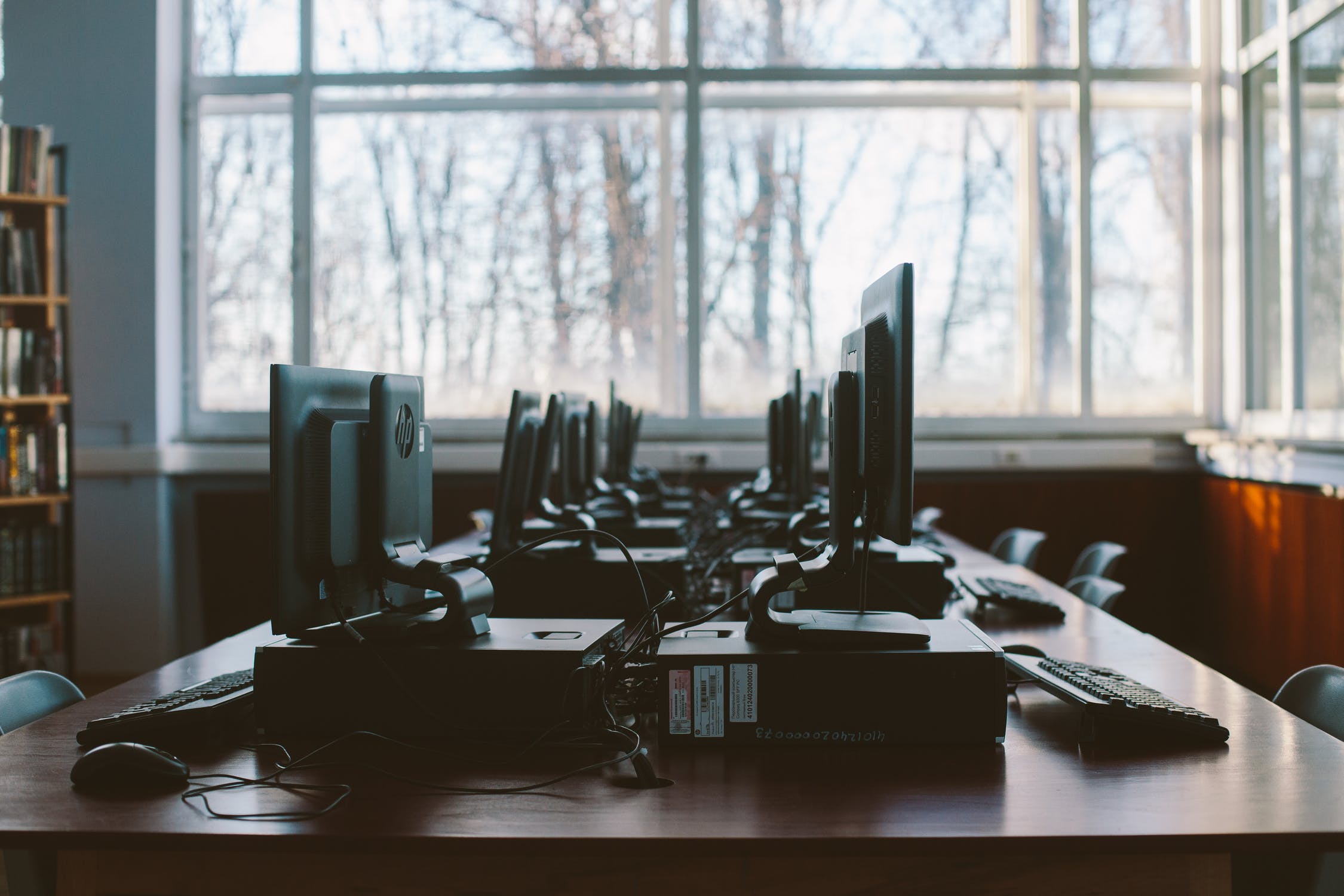

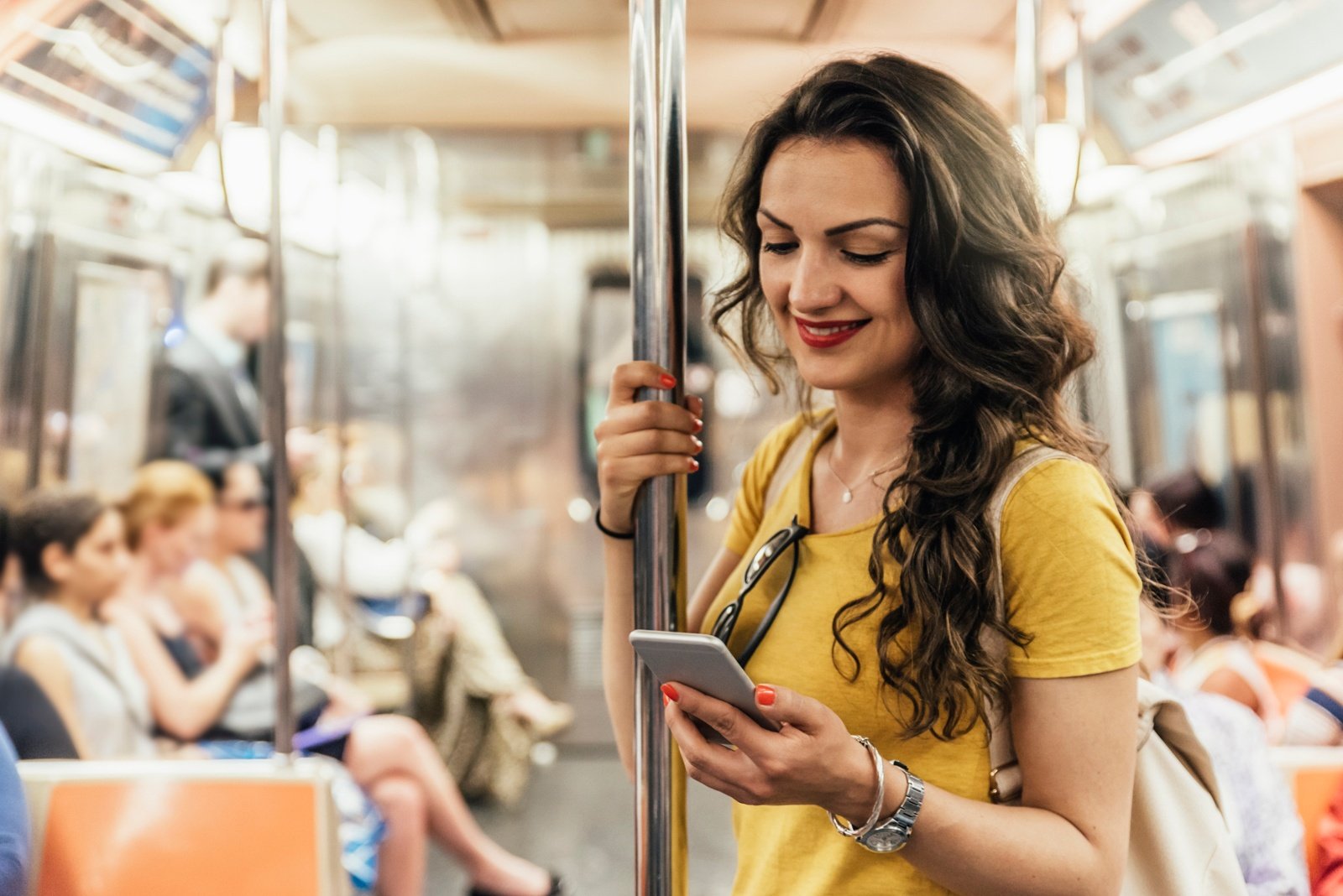

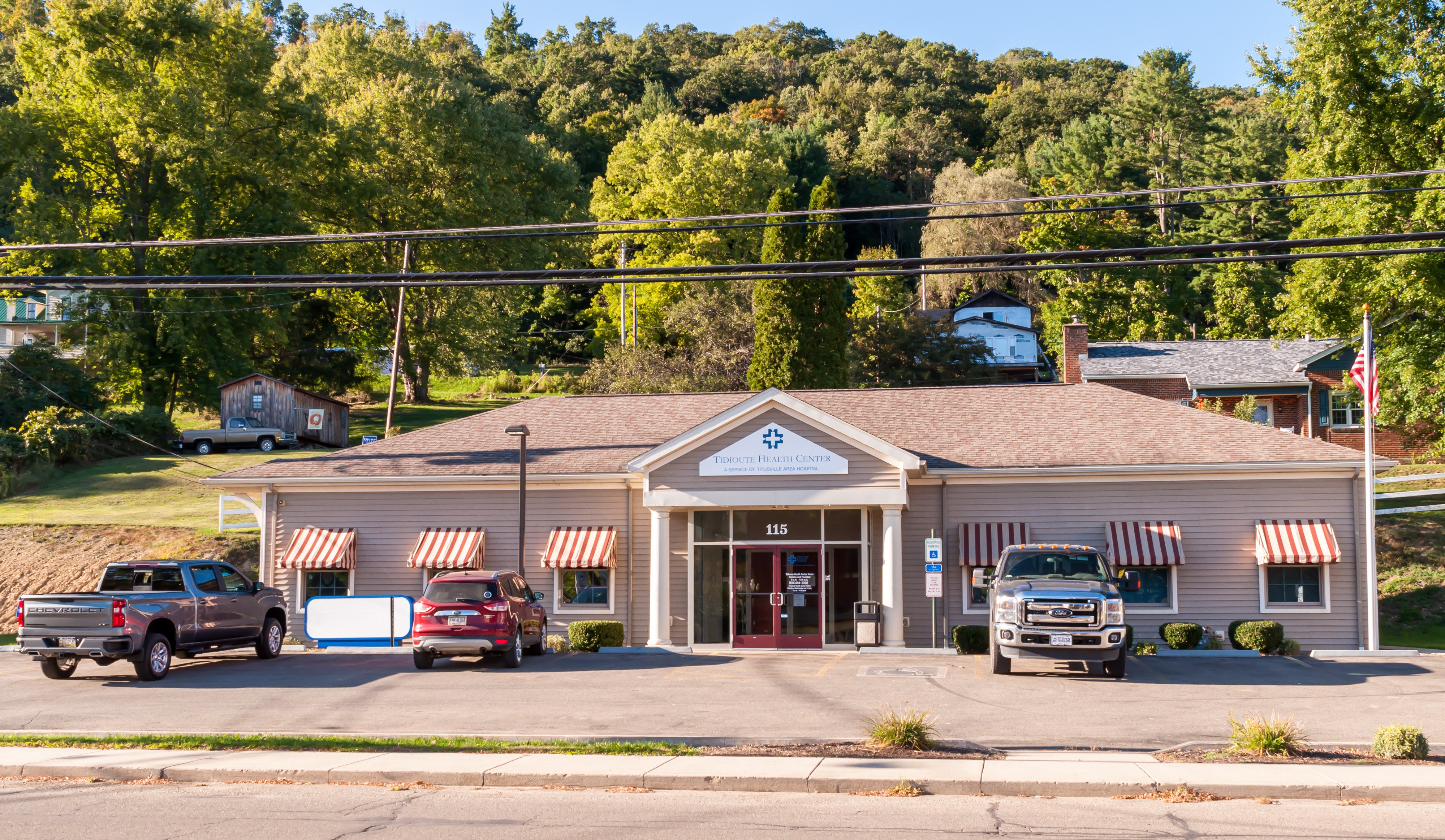

.png)
